-
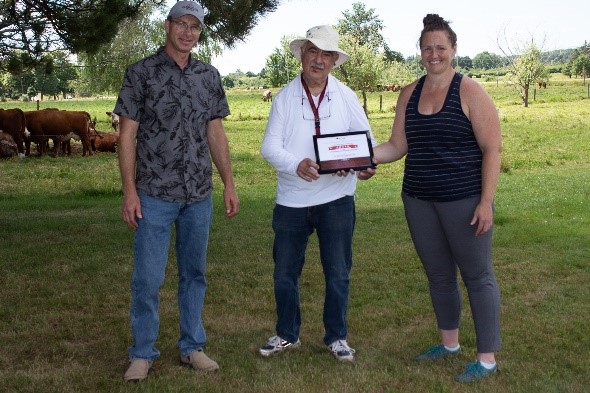
August 17, 2022Dr. Yousef Papadopoulos Receives 2022 Canadian Beef Industry Award for Outstanding Research and Innovation A leader in forage development and sustainable...
Keep Reading -
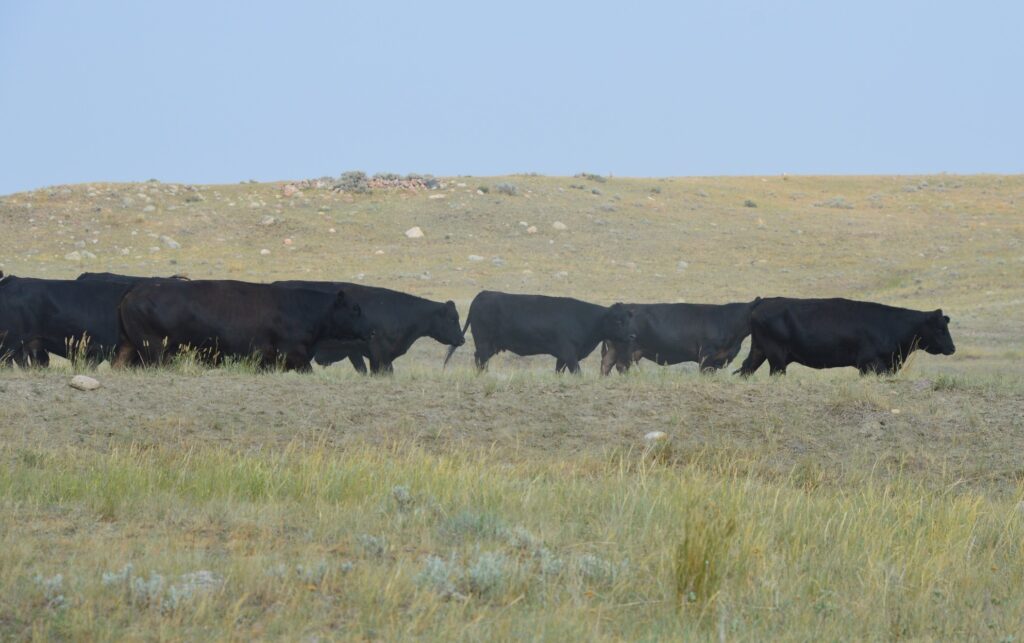
September 27, 2021Today’s Research Provides Tomorrow’s Solutions This article written by Dr. Reynold Bergen, BCRC Science Director, originally appeared in the...
Keep Reading -
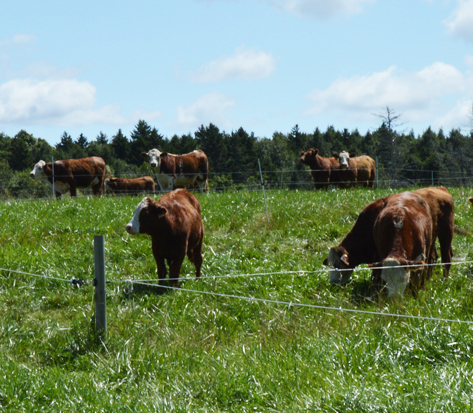
February 15, 2018Pasture Blends This article written by Dr. Reynold Bergen, BCRC Science Director, originally appeared in the February 2018 issue of Canadian Cattlemen...
Keep Reading -
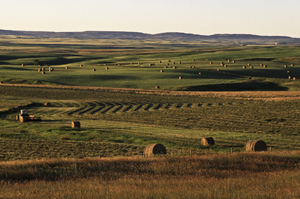
January 19, 2017Making Forage Mixtures Work for You: Webinar February 15 Update: Missed the webinar? Find the recording and check for future webinars on our Webinars...
Keep Reading -
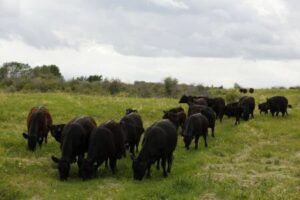
February 23, 2015Forage Stand Mixtures Establishing new pastures can be expensive and producers often prioritize stand life over yield. Seeding complex mixtures of...
Keep Reading -
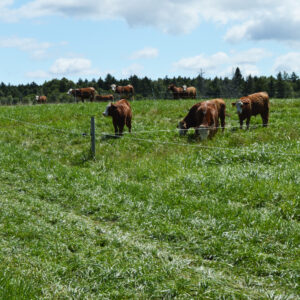
August 29, 2014Determining Optimal Forage Species Mixtures Forages are a major feed component for the cow-calf and backgrounding sectors of the beef industry....
Keep Reading